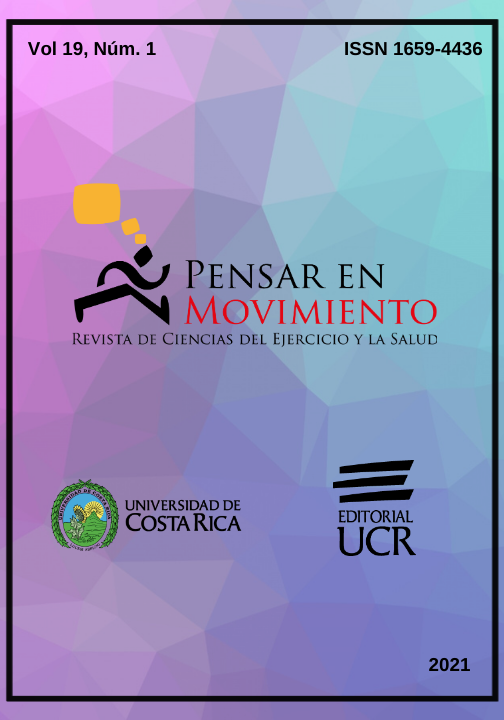Resumen
Longitudinal studies evaluating seasonal changes in the aerobic capacity of young soccer players of different age categories are limited. The aim of this study was to investigate the seasonal changes in the aerobic level of young professional soccer players. This research study included 51 soccer players in the U14, U15, U16, U17, and U18 categories of an elite soccer team. Aerobic capacity in athletes was measured using the Yo-YoIRT 1 Test. In the analyses, normal distribution of data was assessed with the Shapiro-Wilk test, and homogeneity of variance was tested with the Levene’s Test. A one-way ANOVA test was used to analyze parametric data. All statistical evaluations were conducted with the help of the SPSS 21 software package. According to the Yo-YoIRT 1 test, increases or decreases were determined in the pre-season, mid-season, and end-of-season evaluations. As a result, in the present study conducted to examine the seasonal changes of the young elite soccer players in the U14, U15, U16, U17, and U18 categories, Yo-YoIRT 1 values in all categories increased significantly at the end of the season when compared to the pre-season and the mid-season. U14 and U16 age groups gained increasing acceleration since the pre-season. However, in U15, U17, and U18 age groups, acceleration decreased in the middle of the season and increased at the end of the season. Differences may be observed in the responses to the training loads during maturation. It can be suggested that the increase at the end of the season compared to the pre-season in all groups may be due to the athletes’ adaptation to training programs is affected by the developmental characteristics regarding age categories over time.



